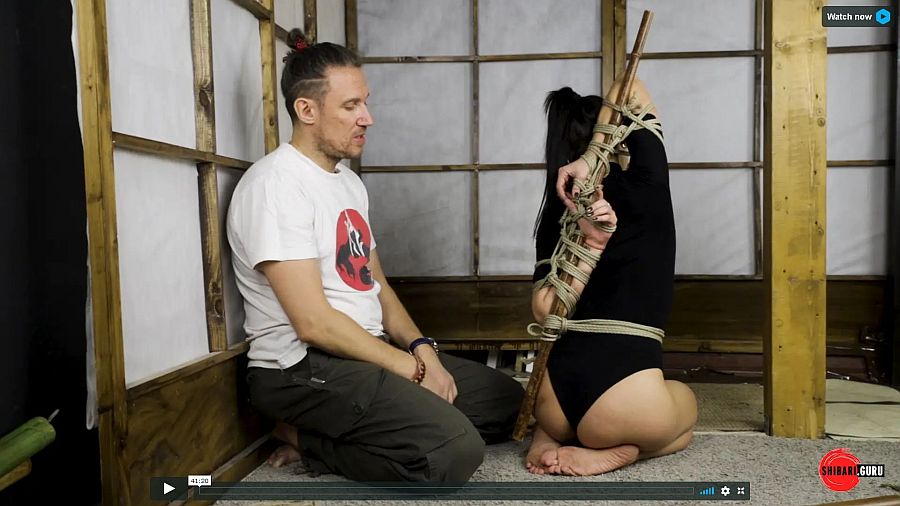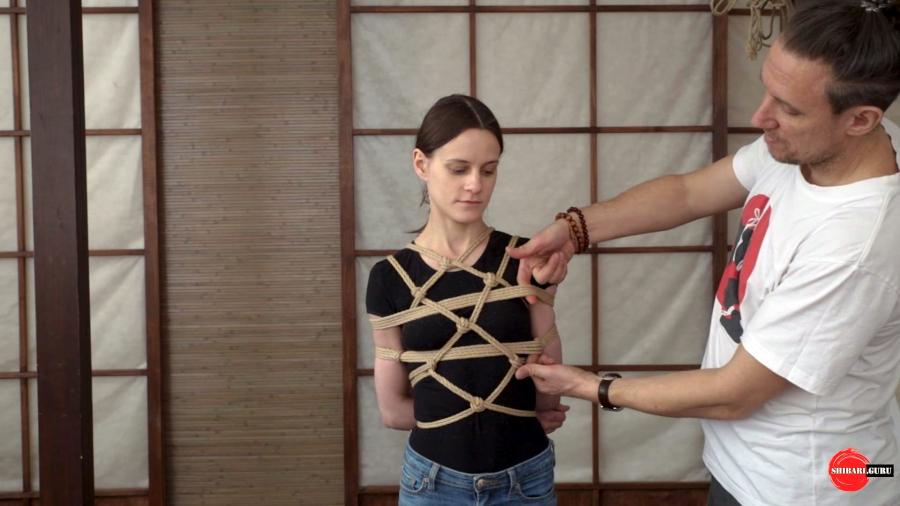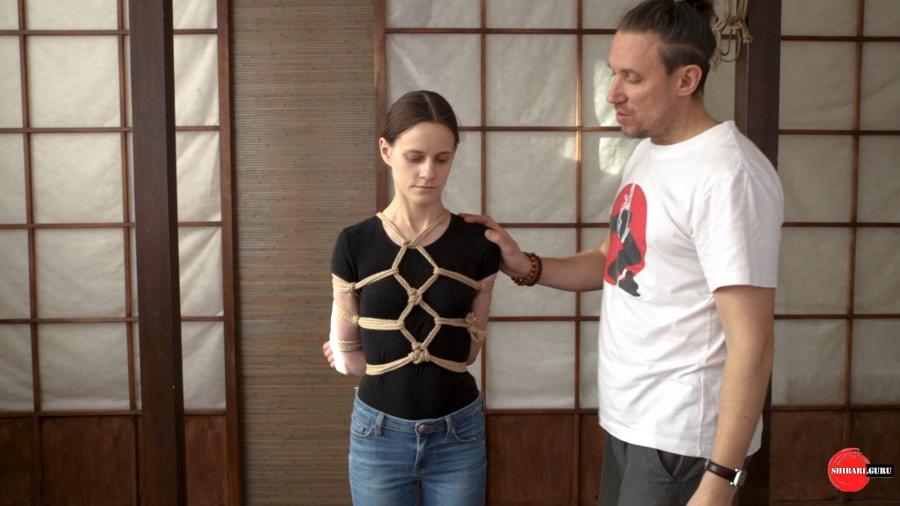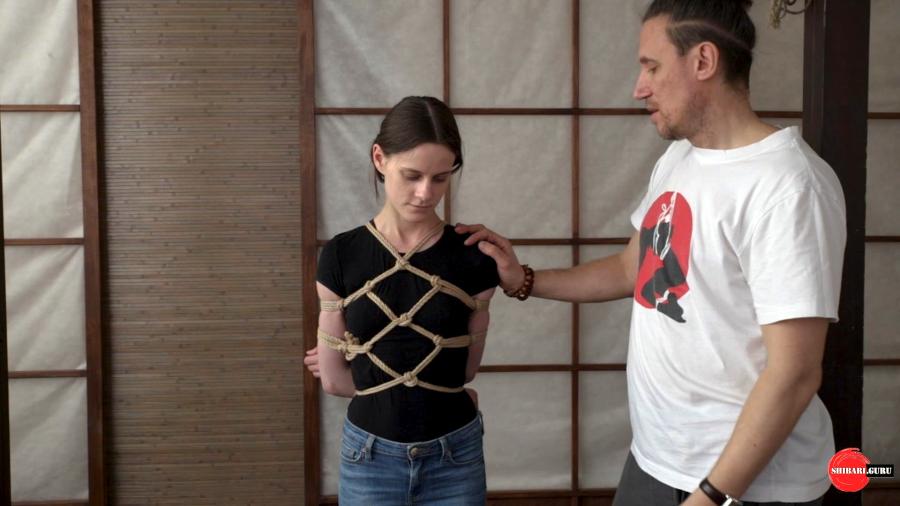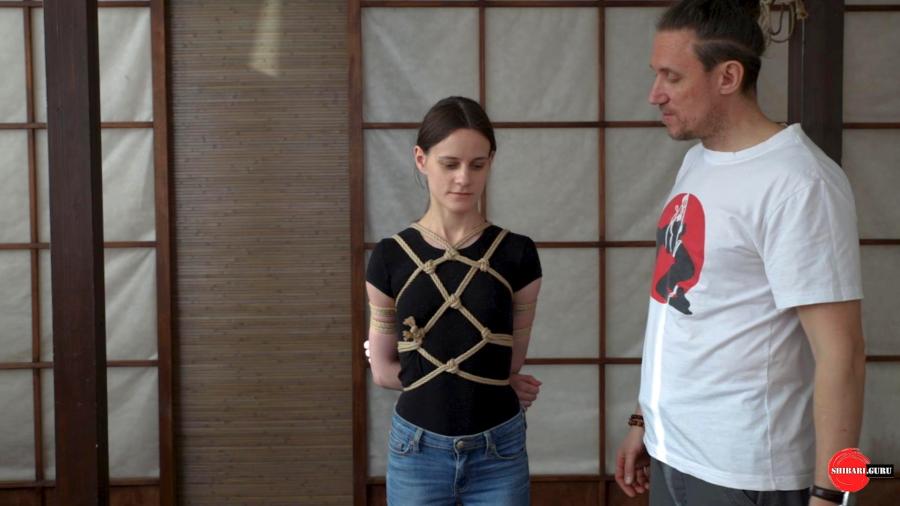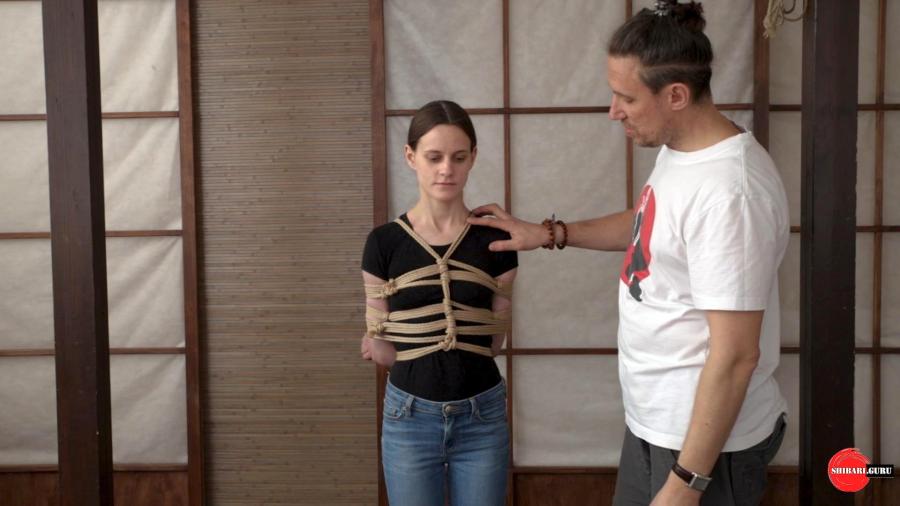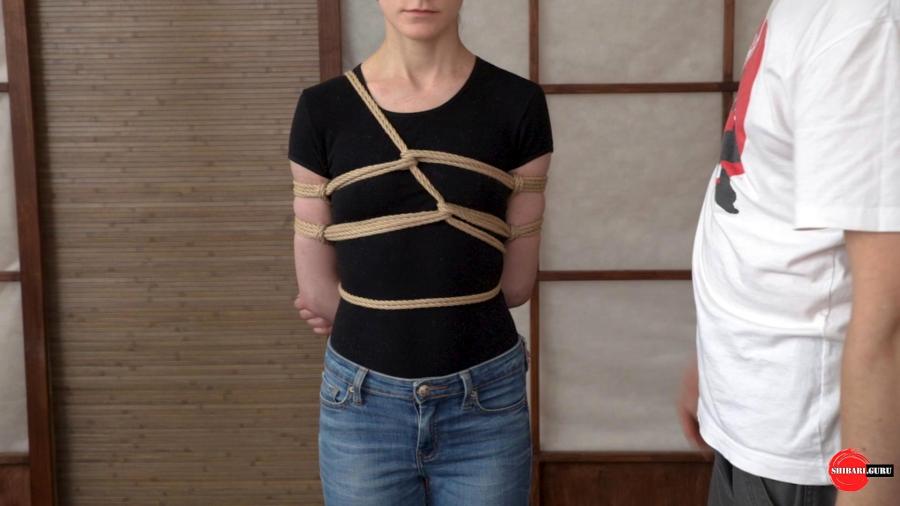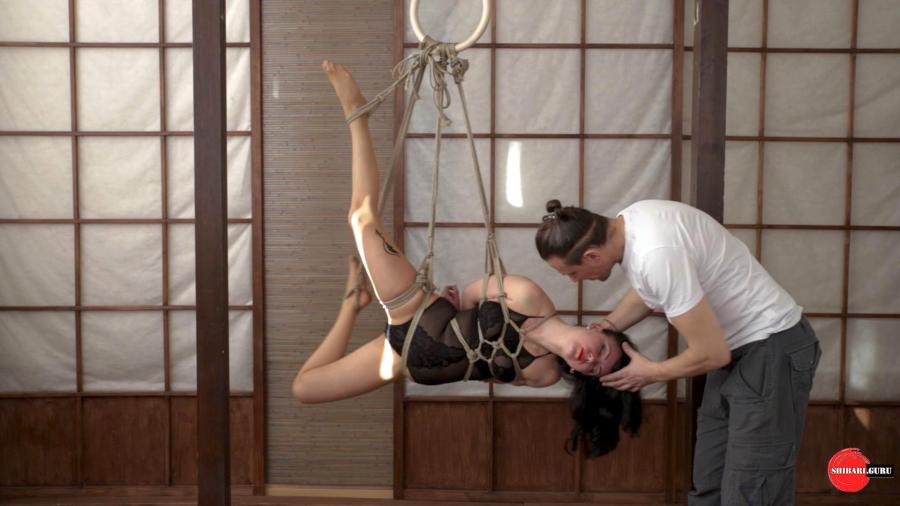Using bamboo in shibari
The combination of rope and bamboo in shibari provides interesting opportunities.
In this lesson, we will consider three main areas of using bamboo:
– as part of a bond to strengthen it and, including, create an additional load-bearing structure;
– as a support for fixing in certain poses (analogue of blocks and struts);
– as a suspension point, allowing to solve spatial problems and create aesthetic poses.
Let’s start the lesson by looking at two basic ways to attach bamboo to the human body.

 Русский
Русский